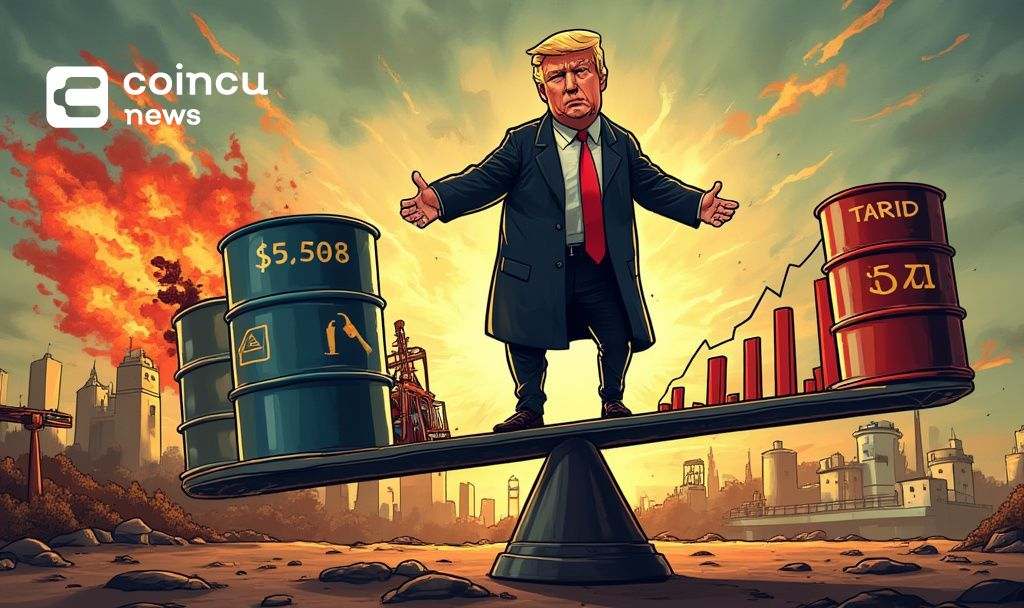- Donald Trump’s remarks on oil and tariffs analyzed against current economic data.
- Claims of falling interest rates contrast with Federal Reserve reports.
- Tariffs continue to stir mixed reactions amid global financial impacts.

On April 7, Donald Trump used social media to claim declines in oil and food prices and billions in tariffs aiding the U.S. economy.
Questions arise as analyses reveal inconsistencies in Trump’s claims on inflation and tariffs, highlighting differing economic realities.
Trump’s Economic Assertions vs. Federal Data
Trump’s recent statement suggests U.S. economic strength through falling oil prices, reduced interest rates, and high tariff revenues. However, data reflects a more nuanced picture with other influences shaping these economic indicators.
According to the Federal Reserve, interest rates have not been cut recently, maintaining a current range of 4.25%-4.5%. Trump’s assertion contrasts with this stance, and while oil prices saw a decline, global market factors like demand concerns also play a role.
Market reactions are split; supporters praise Trump’s “America First” policy, while critics point out domestic inflationary pressures from tariffs. These dynamics have sparked debates on broader economic strategies and their implications.
Tariffs and Inflation: A Historical and Expert View
Comparative historical data illustrates challenges with prior tariff measures, leading to temporary inflation spikes in agriculture and manufacturing sectors. These trends offer insight into the complex impacts of such policies.
Experts suggest caution as the Federal Reserve assesses how tariffs might affect economic growth and inflation. Analysts propose possible rate adjustments if economic pressures mount, a scenario previously observed in similar economic cycles.
“Our policy decisions are based on economic data, not political rhetoric.” — Jerome Powell, Chair of the Federal Reserve Source























